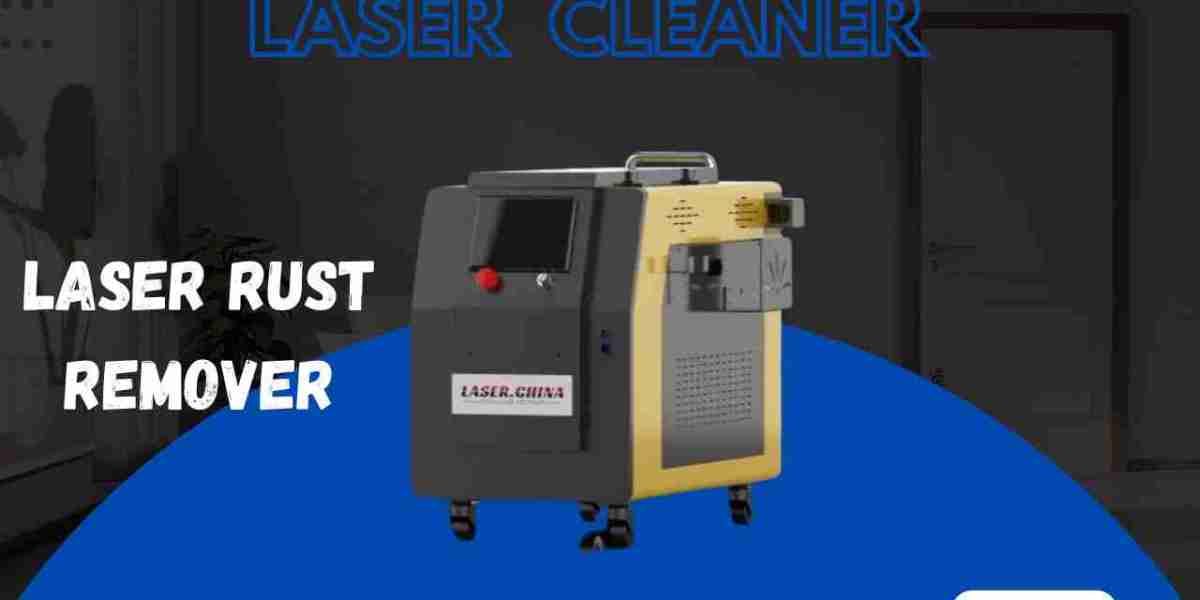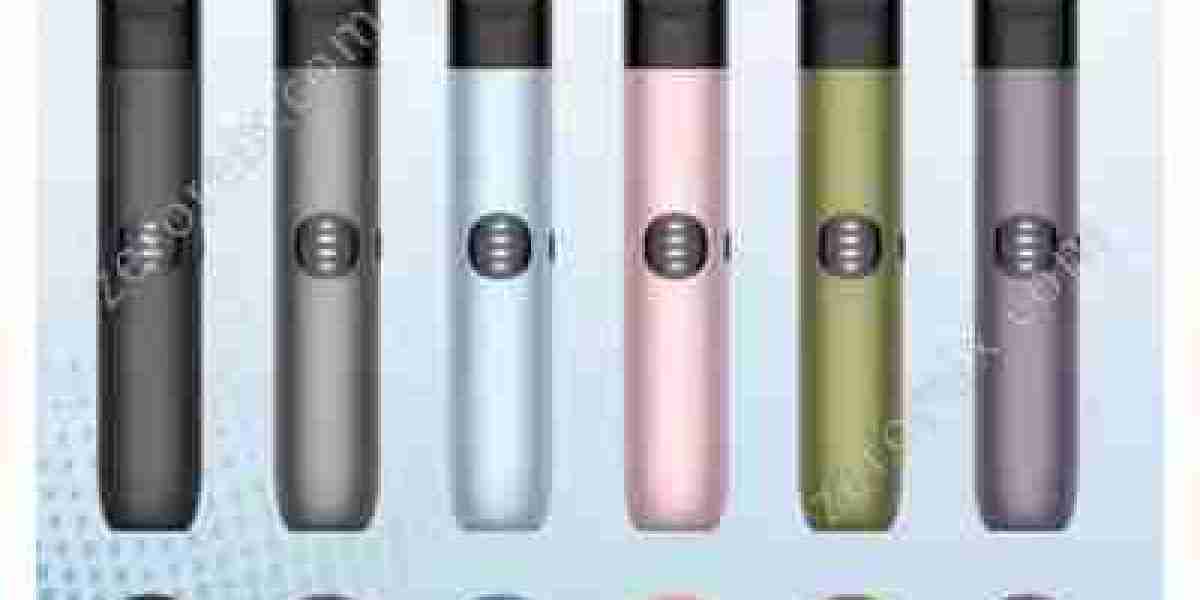A jewellery laser welding machine is a specialized tool used in the jewelry industry to repair, modify, or fabricate intricate pieces of jewelry. Laser welding has revolutionized the jewelry-making process by providing unparalleled precision and control, enabling jewelers to work with delicate materials and designs that were previously challenging or impossible to handle. This article explores how these machines work and their significance in modern jewelry manufacturing.
What Is a Jewellery Laser Welding Machine?
A jewellery laser welding machine uses a highly concentrated laser beam to heat, melt, and fuse metal components together. The process is non-contact, meaning the laser directly targets the workpiece without requiring physical contact. This makes it ideal for delicate operations where precision is critical.
The machine allows jewelers to perform tasks such as:
- Repairing broken chains, rings, or clasps.
- Resizing rings.
- Replacing or adding small components like prongs or settings.
- Engraving or modifying intricate designs.
- Welding fine details without damaging surrounding materials or gemstones.
Laser welding is widely used in both the creation of new jewelry and the restoration or repair of existing pieces.
How Does It Work?
A jewellery laser welding machine operates on the principles of heat conduction and fusion. Here's a step-by-step explanation of the process:
Preparation:
The jewelry piece is cleaned to remove any dirt, oil, or oxidation that might interfere with the welding process. If necessary, the jeweler may apply a protective coating to gemstones or sensitive areas to prevent heat damage.Positioning:
The jewelry is securely placed under the laser's working area. The jeweler uses a microscope or a high-resolution screen to view the piece and precisely target the laser.Laser Activation:
The laser emits a focused beam of light onto the metal surface, generating extreme heat at the targeted area. This heat melts the metal, allowing it to fuse with the adjoining parts. The jeweler controls the intensity, duration, and focus of the laser to ensure precision.Cooling:
Once the welding is complete, the piece cools down rapidly, forming a strong and durable joint. The process leaves minimal discoloration or damage to the surrounding areas.Finishing:
After welding, the jewelry piece is polished and finished to restore its original appearance and shine.
Benefits of Using a Laser Welding Machine in Jewelry Making
- Precision: Laser welding allows jewelers to work with microscopic accuracy, ensuring that even the smallest details are preserved.
- Minimal Heat Damage: The focused laser beam heats only the targeted area, protecting nearby gemstones, settings, and delicate materials.
- Versatility: These machines can work with a variety of metals, including gold, silver, platinum, titanium, and stainless steel.
- Time Efficiency: Laser welding is much faster than traditional methods, enabling jewelers to complete complex repairs or designs quickly.
- Durability: Welded joints are strong and long-lasting, ensuring the structural integrity of the jewelry.
Applications in the Jewelry Industry
Jewellery laser welding machines are used in:
- Repairs: Fixing broken chains, resizing rings, and repairing clasps or hinges.
- Customization: Adding intricate details or creating personalized designs.
- Restoration: Restoring antique or heirloom pieces without compromising their integrity.
- Fabrication: Assisting in the creation of entirely new pieces with unique designs.
Conclusion
The jewellery laser welding machine has transformed the jewelry industry by offering precision, efficiency, and versatility. It allows jewelers to perform complex tasks that were previously labor-intensive or impossible, making it an indispensable tool for modern jewelry making and repair. With advancements in laser technology, these machines will continue to shape the future of the craft, enabling artists to push the boundaries of creativity and craftsmanship.




